Many Windows users face problems with their USB mouse and keyboard not working after the computer system comes out of sleep mode. This sometimes can be quite annoying as users are forced to restart their computers or unplug the devices. In Windows 11, this is an issue that occurs frequently, often due to power management settings, drivers that aren’t up to date, or BIOS settings.
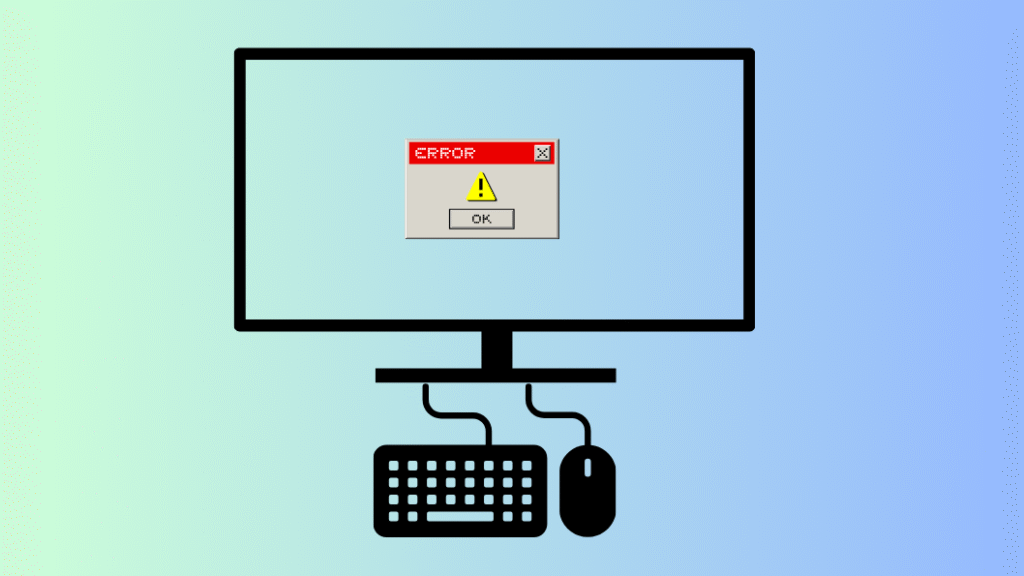
Method 1: Configure Device Manager Power Settings
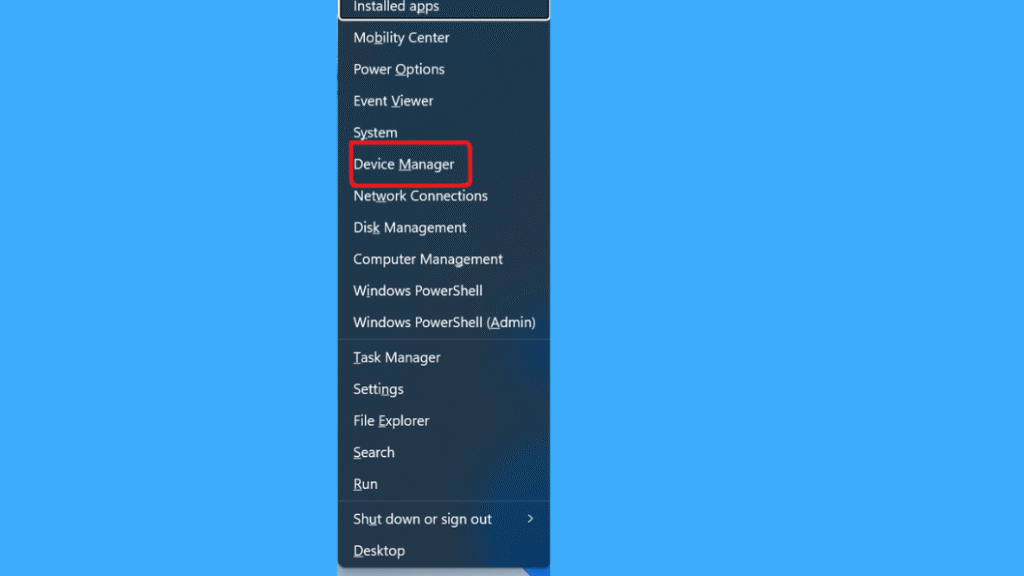
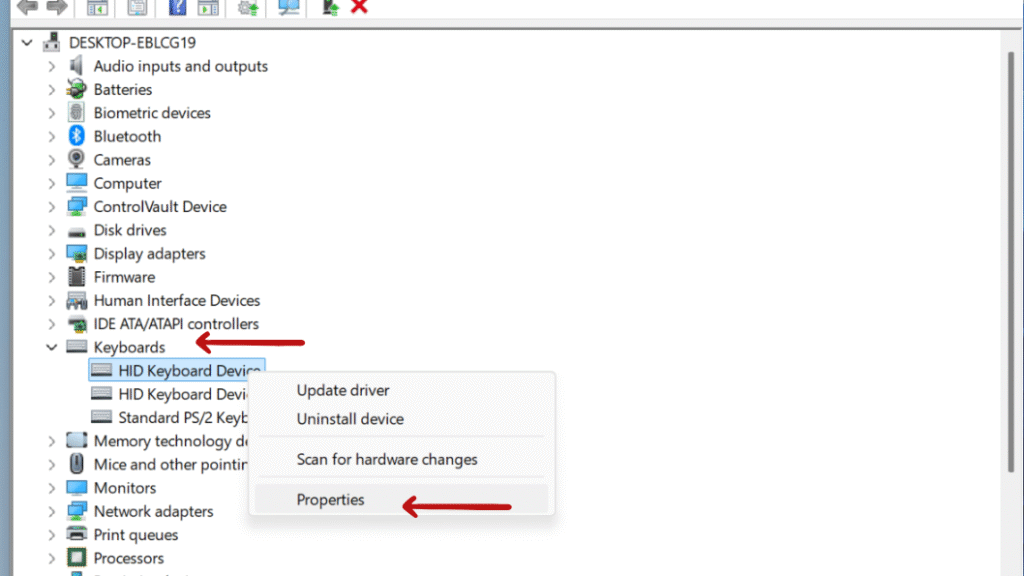
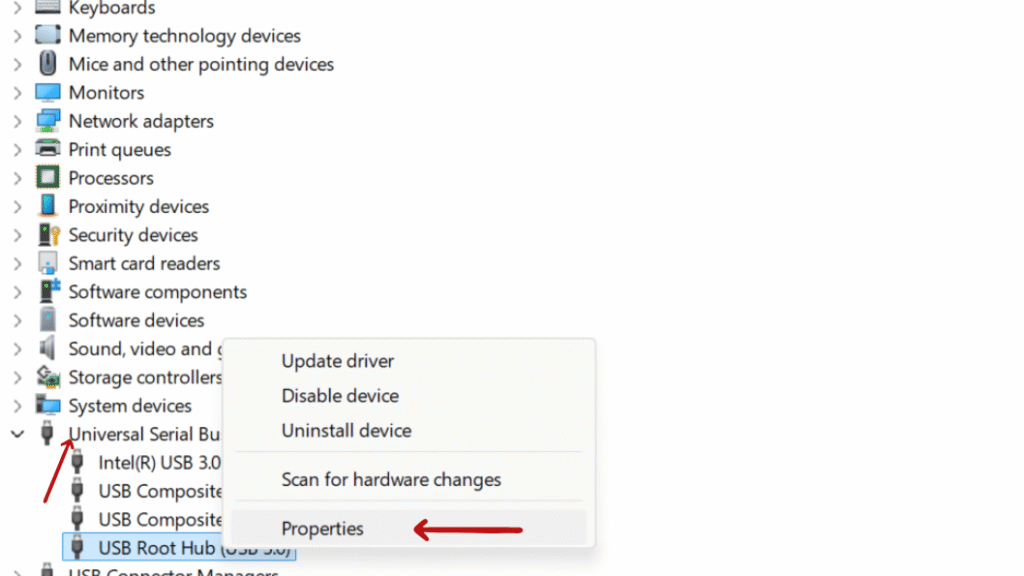
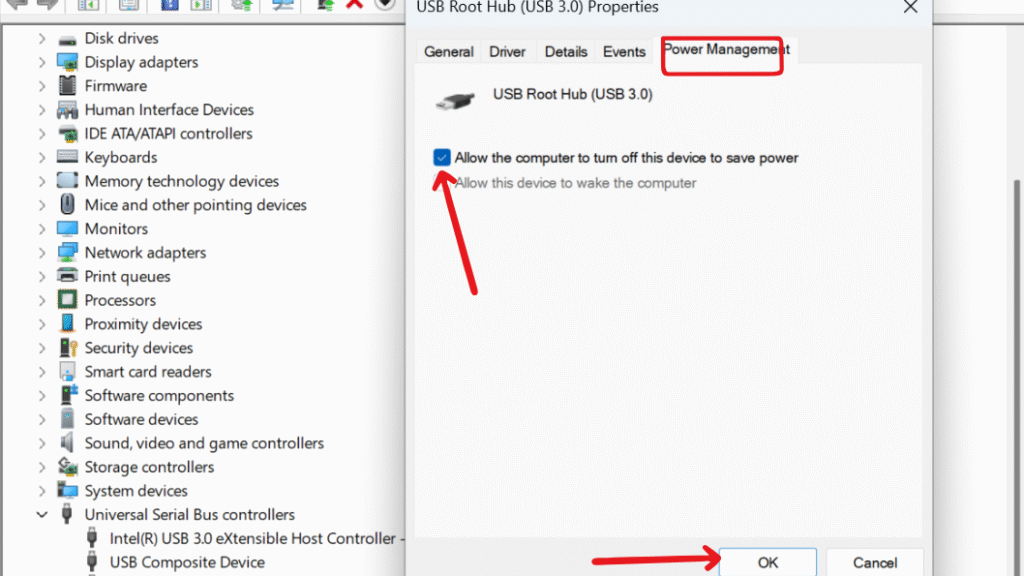
Method 2: Update or Reinstall Drivers for USB and Input Devices
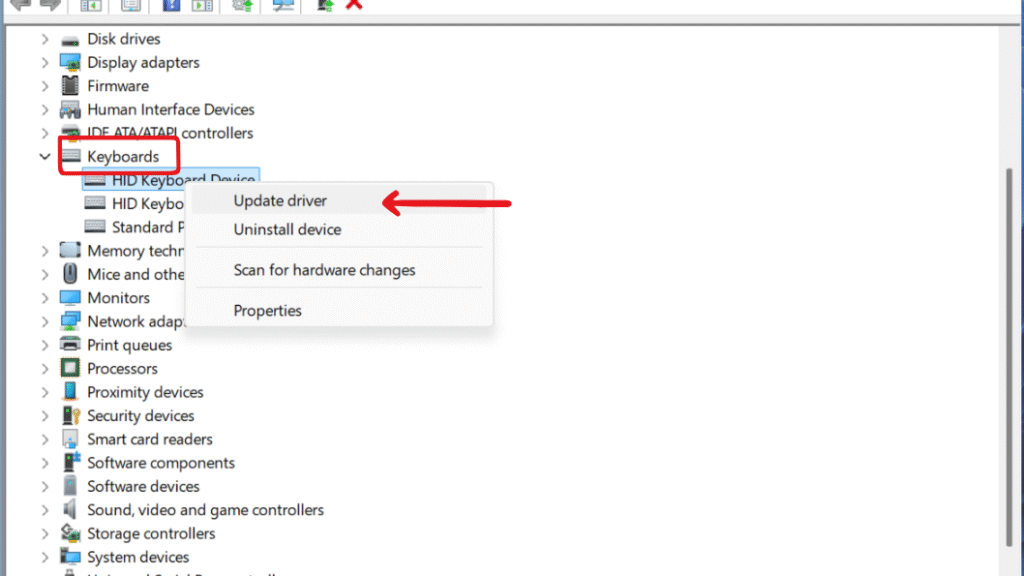
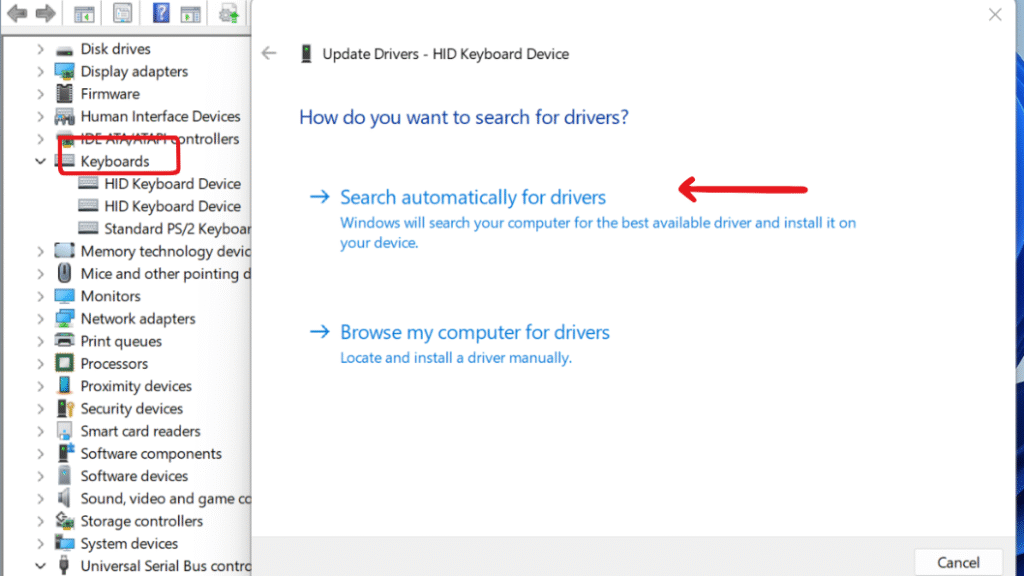
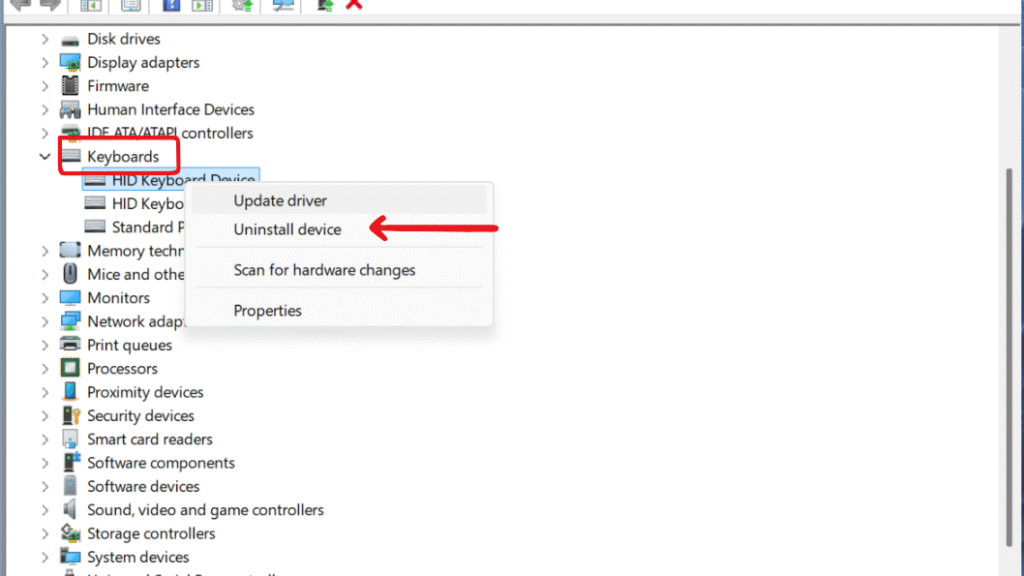
Method 3: Update BIOS/UEFI Wake Settings
Step 1: Restart your PC and press the key (Del or F2) during startup to enter BIOS/UEFI; since this key may vary depending on your motherboard brand, go through your manufacturer’s manual if you’re not sure about the key.
Method 4 : Optimize Windows Power Management Settings
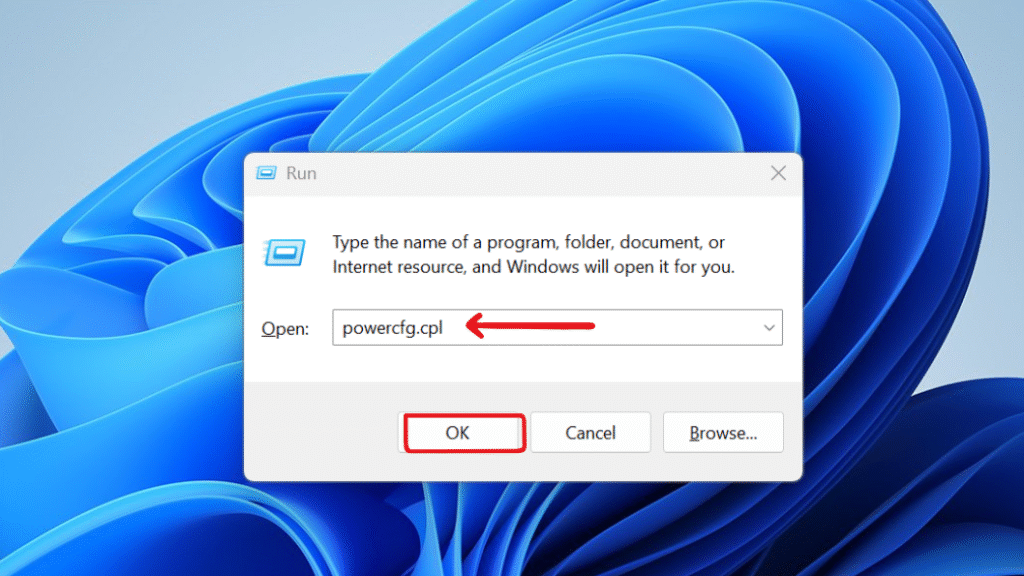
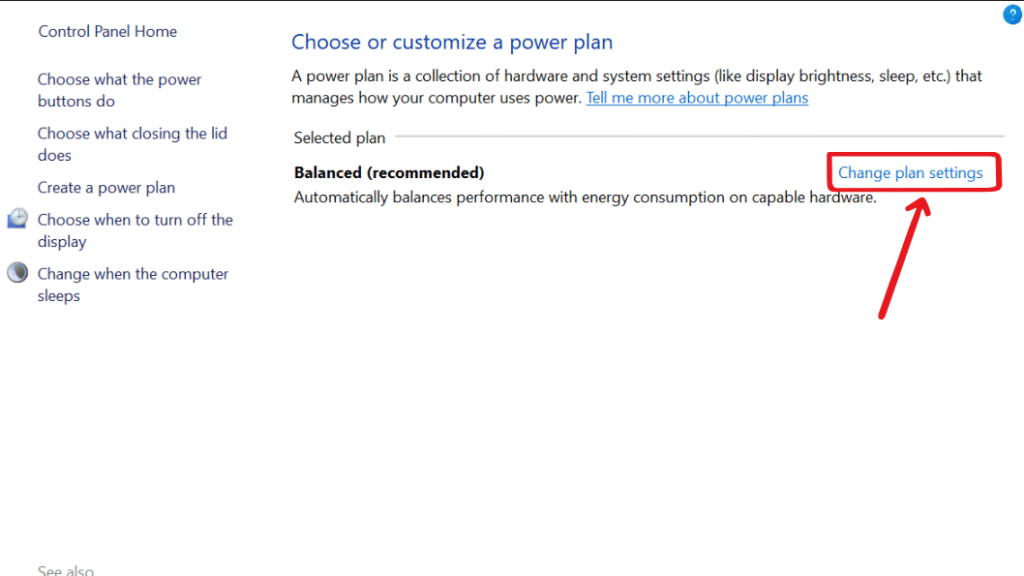
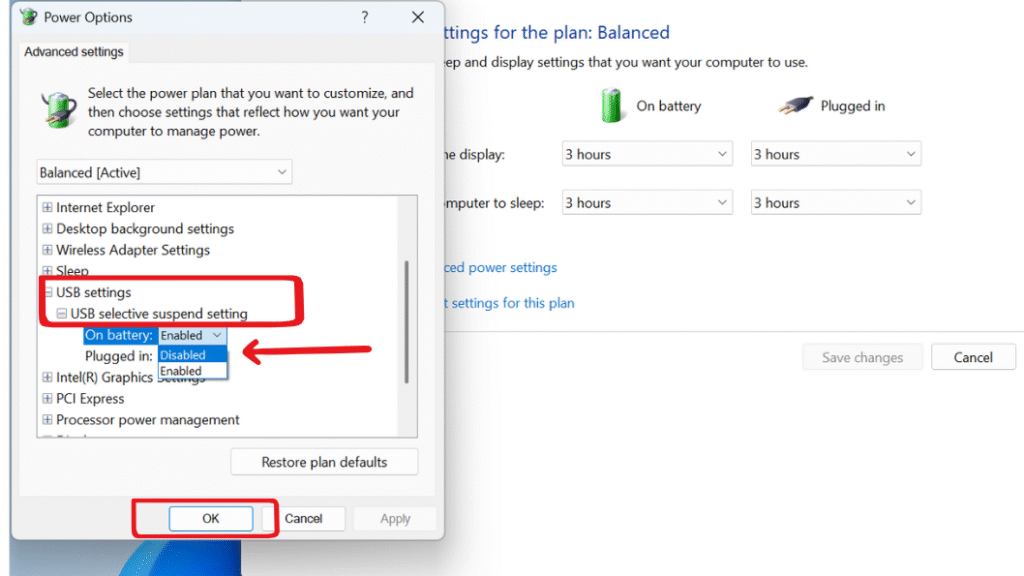
Method 5 : Check USB Ports and Connected Devices
Final : Fix USB Mouse and Keyboard Not Working After Sleep Mode in Windows PCs
If you follow these steps, you can fix most problems with an unresponsive USB mouse or keyboard after your PC wakes from sleep. If you Keep your system and drivers up to date, along with properly setting up power management options, it will help your computer run more smoothly and reliably.
Still confused or stuck about How to Fix USB Mouse and Keyboard Not Working After Sleep Mode in Windows PCs ? Leave your questions in the comments or call me at +1– 844-405-0212. I am here to help!
Stay updated with more at www.365dayson.com !

